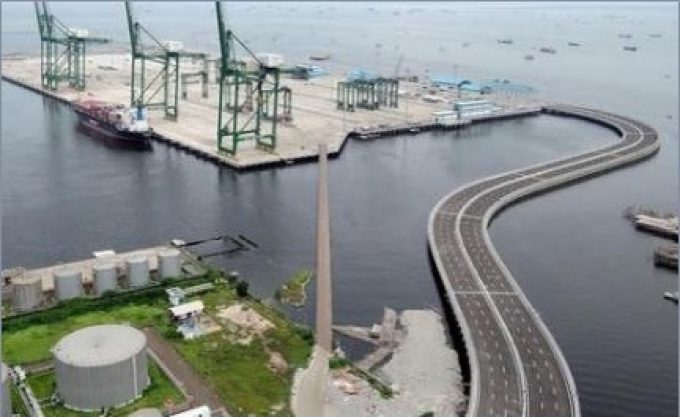No need for more transhipment hubs in South-east Asia, TOC delegates told
The chances of a creating a fourth container transhipment hub in South-east Asia appear to ...

Indonesia is poised to finally take a premier position on global trade flows following the opening of the New Priok container terminal in Jakarta.
David Wignall, senior VP at Indonesia Ports Corporation, explained to delegates at the TOC Asia Container Supply Chain event in Singapore this week that, previously, the largest vessels the port could handle was 3,500-4,000 teu.
He said the new terminal in the Indonesian capital’s Tanjung Priok port complex could handle vessels up to 18,000 teu, “and this produces a major ...
Amazon pushes into LTL for small package fulfilment and UPS does a u-turn
New senior management for DSV as it readies for DB Schenker takeover
Volumes set to 'fall off a cliff' as US firms hit the brakes on sourcing and bookings
Asian exporters scramble for ships and boxes to beat 90-day tariff pause
Temporary tariff relief brings on early transpacific peak season
'Tariff madness' will prompt renegotiation of ocean shipping contracts
Forwarders 'allowing the fox into the chicken run' by supporting 'hungry' carriers
Response to tariffs by Chinese importers may see extra costs for US shippers

Comment on this article